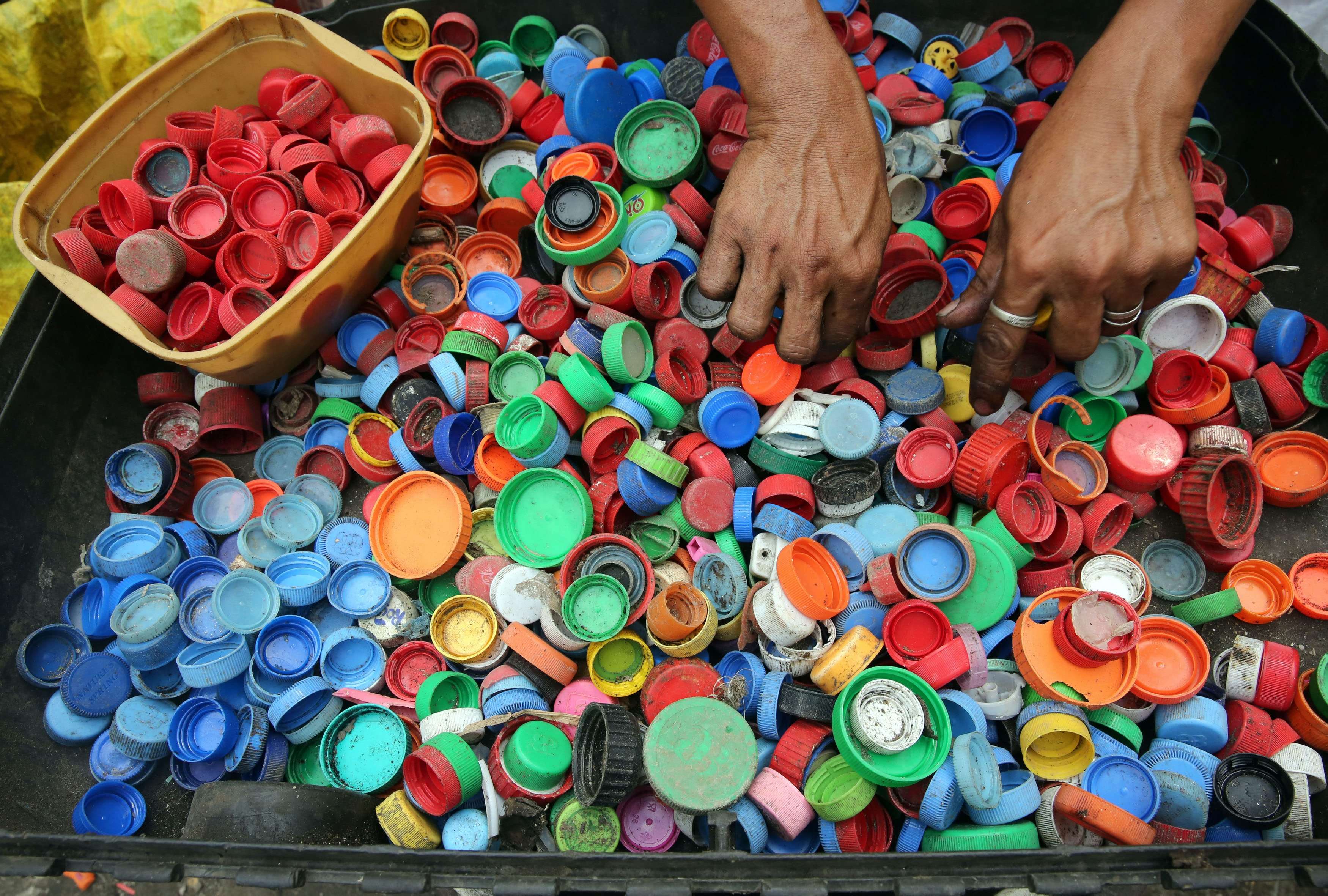
In my previous post I wrote about what the European Union is doing to drive the energy transition and how this will reduce greenhouse gas emissions globally. However, that was only half of the story. The truth is that the circular economy is equally needed to get to net-zero emissions, especially now that the pressure on the energy systems from the war in Ukraine is making it more difficult to opt out of fossil fuels. Key studies by the Ellen MacArthur Foundation show that while 55% of emissions can be tackled by transitioning to clean energy, the remaining 45% of greenhouse gas emissions come from the way we make and use products and food and manage land.
In the face of sharp volatility increases and value chain disruptions caused by the pandemic and strained diplomatic relations between some countries, the call for a new economic model is growing louder. In the quest for a substantial improvement in resource performance across the economy, businesses have started to explore ways to reuse products or their components and restore more of their precious material, energy, and labor inputs. Our current linear ‘take, make, dispose’ economic model relies on massive quantities of cheap, easily accessible materials and energy. It is reaching its physical limits. The circular economy is an attractive and viable alternative that businesses are already exploring today.
The circular economy is one that is restorative and regenerative by design. It aims to keep products, components, and materials at their highest utility and value at all times, distinguishing between technical and biological cycles. This new economic model seeks to ultimately decouple global economic development from finite resource consumption. It enables key policy objectives such as generating economic growth, creating jobs, and reducing environmental impacts, including carbon emissions.
The time is right, no doubt, to take this concept of ‘circular economy’ one step further, to take a closer look at its potential for businesses and economies, and to prepare the ground for its adoption at the policy level. This is exactly what the European Commission is doing through the Circular Economy Action Plan, one of the main building blocks of the ambitious European Union Green Deal—Europe’s new agenda for sustainable growth. The action plan, which has initiatives along the entire life cycle of products, targets how products are designed, promotes circular economy processes, encourages sustainable consumption, and aims to ensure that waste is prevented and the resources used are kept in the EU economy for as long as possible. It introduces policy and regulatory measures targeting areas where real added value can be achieved.
To deliver the climate and biodiversity benefits of a circular economy, businesses and governments across all countries must work together to change the system, and this means redesigning the way we make and use products and food. This shift will give us the power to not only reduce waste, pollution, and greenhouse gas emissions but also to enhance prosperity, jobs, and resilience.
We are witnessing an abundance of positive circular innovation projects centered at tackling climate change. One of the largest EU activities is the SWITCH-Asia program, which works to promote the transition to a green economy and sustainable consumption and production through policy, innovation, and information sharing.
DT Global continues to support innovation and champions policies that transform the economic environment at local, regional, and national levels while creating sustainable economic opportunities for communities and businesses. Sound economic policy, especially regarding the efficient use of resources, is key to building productivity and accelerating the circular economy. Combined with effective infrastructure, renewable energy sources, a strong legal framework, and well-functioning markets, the circular economy creates an environment that spurs private enterprise growth and expands employment opportunities. DT Global is supporting both the public and private sectors on this journey to improve the global challenges of climate change and waste issues.
Transitioning to the circular economy requires all stakeholders across systems to play their part. The role of all businesses, regardless of size, is vital if we are to find new, circular ways of creating, delivering, and capturing value that also benefits society and the environment. No one can say how long this transformation will take, but what we can say is that it is already well underway.
The bottom line is that we need businesses and governments to work together towards creating a system that allows us all to make better choices, choices that are part of the solution to global challenges rather than part of the problem.